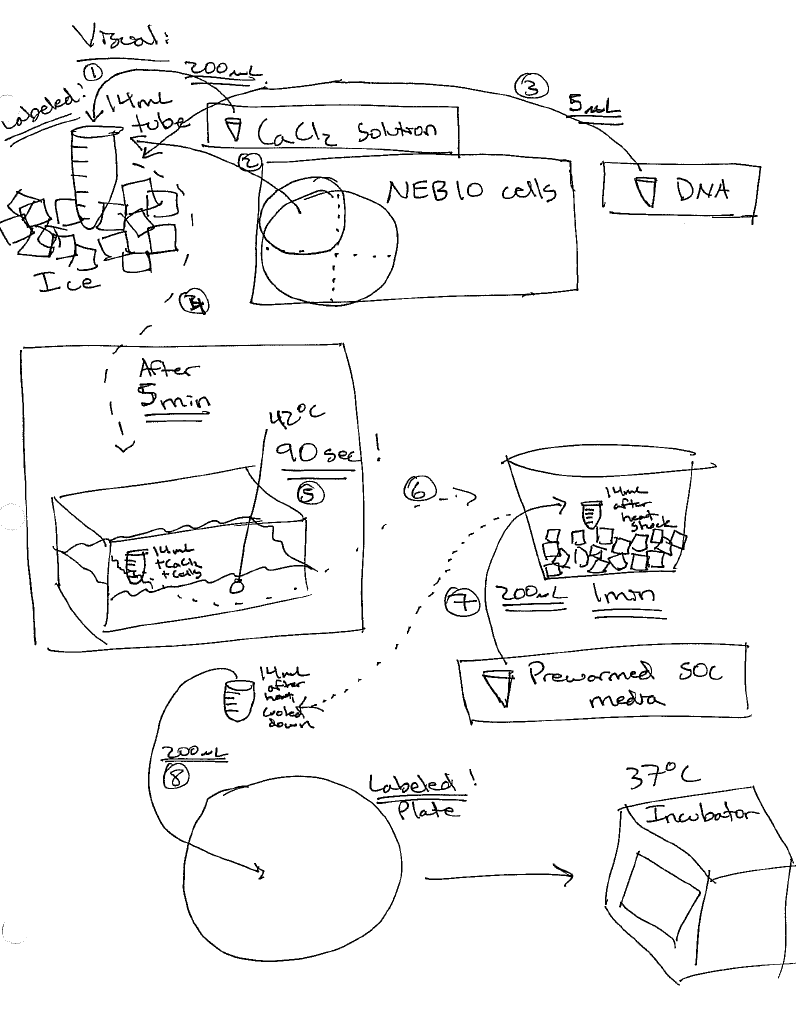Team:GPHS Snohomish WA
From 2012hs.igem.org
| Line 1: | Line 1: | ||
| - | + | <style type="text/css"> | |
| + | body {background-image:url(https://static.igem.org/mediawiki/2012hs/6/66/Grizzlies_back2_copy.jpg);} | ||
| + | </style> | ||
| - | |||
| - | |||
| - | |||
===Arsenic Avengers=== | ===Arsenic Avengers=== | ||
Revision as of 21:10, 15 June 2012
<style type="text/css"> body {background-image:url(https://static.igem.org/mediawiki/2012hs/6/66/Grizzlies_back2_copy.jpg);} </style>
Contents |
Arsenic Avengers
- Our team is located at Glacier Peak High School in Snohomish, WA.
- We have eight members.
- Our mentors are Eric Lagally, Ms. Caraballo,and Nick Chavkin (UW bioengineering).
Project Introduction
This semester we focused on introducing ourselves to the competition of iGEM and determining our project. The Grizzles have decided to utilize the genes in E. coli that detect and flush out arsenic to determine levels of the element in the waters of Puget Sound. We have planned to insert a reporter gene that, when synthesized, will turn the E. coli dark green when arsenic is present. To make this vision a reality, we are using an arsR promoter, a dark green E. chromi reporter from the 2009 Cambridge team's project. To make this vision a reality, we are using an arsR promoter, a dark green E. chromi reporter from the 2009 Cambridge team's project.
Arsenic Information
Arsenic is a chemical element (As) and the atomic number for Arsenic is 33. Arsenic contamination of groundwater is a problem is a problem that affects millions of the people across the world. The word Arsenic was borrowed from the Syriac word ܠܐ ܙܐܦܢܝܐ , meaning "yellow orpiment". It is also related to the Greek word arsenikon. During the Bronze Age arsenic was often included in bronze, which made alloy harder. Albert the Great is believed to have been the first person to isolate Arsenic. In the Victorian Era "arsenic" mixed with vinegar and chalk was eaten by women to "improve" their complexion. In 1858, the accidental use of arsenic by a food staff led to the Bradford Sweet Poisoning, killing about 20 people.
“Arsenic poisoning is a medical condition caused by elevated levels of the element arsenic. The dominant basis of arsenic poisoning is from ground water that naturally contains high concentrations of arsenic. A 2007 study found that over 137 million people in more than 70 countries are probably affected by arsenic poisoning of drinking water.” ([http://en.wikipedia.org/wiki/Arsenic_poisoning#Pathophysiology Wikipedia])
[http://www.consumerreports.org/cro/consumer-reports-magazine-january-2012/arsenic-in-your-juice/index.htm Link to video about Arsenic in Apple Juice]
According to Department of Ecology: State of Washington"Organic and and inorganic arsenic were analyzed in eight fish and shellfish species to determine the appropriateness of placing five Puget Sound waterbodies on the 1998 303(d) list for exceeding EPA human health criteria in edible tissue. The waterbodies in question were Dyes Inlet, Port Washington Narrows, Sinclair Inlet, Port Orchard, and Eagle Harbor. The listings were based on total arsenic data. Results showed the listing criterion of 0.006 ug/g inorganic arsenic was exceeded in all clam samples analyzed. However, this appears to be due to natural conditions in Puget Sound. All crab and fish samples were at or below the listing criterion. It is therefore recommended that these waterbodies be taken off the 303(d) list for arsenic exceedances in edible tissue (12 listings in all)."
Notebook
6/1-3/12
We attempted to transform E. Coli with test plasmids provided in our kit. Protocol:
1 Make sure set-up is complete.
2 Add 200 microliters Cacl2 Solution to each tube.
3 Harvest NEBlO cells: Scrape off the plate for eact tube Resuspend all the tubes
4 Add DNA to each tube: 5 microliters of "RFP Control" to control tube 2-5 microliters of other plasmids to labeled tubes
5 Incubate on ice for 5 minutes.
6 Place in hot water bath for 90 seconds.
7 Place tubes on ice for another minute.
8 Add 200 microliters of SOC media (pre-heated).
9 Label 3 plates, with appropiate drug.
10 Add 200 microliters of transformed cells to plate, spread evenly.
11Put plates in incubator.
Our results were not what we were hoping because the growth of the cells did not occur. The cells were competent, but either they did not take in the plasmids or they did not survive the transfers between heat and cold.
Below is an image of the transformation process we attempted:
6/8/12
We attempted the trial a second time to ensure that new competent cells were grown.
1 Heat Luria Broth (LB) in water bath.
2 Once cooled, plate competent cells onto plates using inoculation loops.
4 Grow cells in in incubator at 34 degrees Celsius for 36 hours.
5 Remove cells and place in regrigerator.
6/15/12
Using the new competent cells, we repeated the original protocol a second time (see above).
Results/Conclusions
What did you achieve over the course of your semester?
Safety
Team safety was paramount this year as we began to explore synthetic biology. When we worked with cells, we wore gloves. Any time we worked with liquids or acids, we wore eye protection. We always cleaned our work area using 70% ethanol before and after we did anything.
Attributions
Who worked on what?
Human Practices
Fun!
Our teams favorite snacks consisted of candy, trail mix, and Pirate's Booty. Our team came up with many silly names including, but not limited to, "Dazzle Butters", "Avenging the Ginger", and "Team E.P.I.C". The name "Dazzle Butter" came out of no where and was love instantly. "Avenging the Ginger" is inspired by our redheaded team memeber, who despises this name. "Team E.P.I.C" was supposed to be a acronym for something that related to our team and iGEM, but after about 4 attempts that ended with silly disses toward Cambridge, we gave up and moved on to "Arsenic Avengers", inspired by the new movie- [http://www.imdb.com/title/tt0848228/ The Avengers ]<forum_subtle />
 "
"
